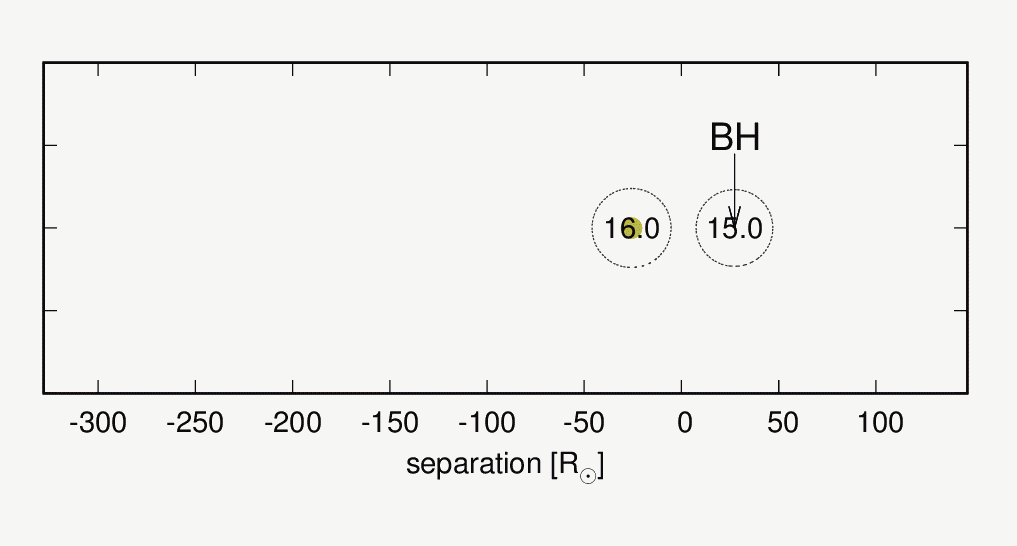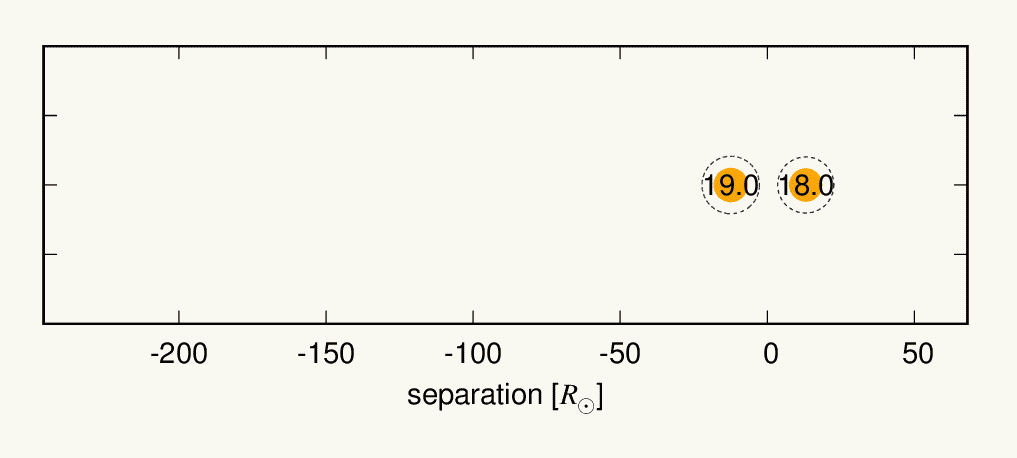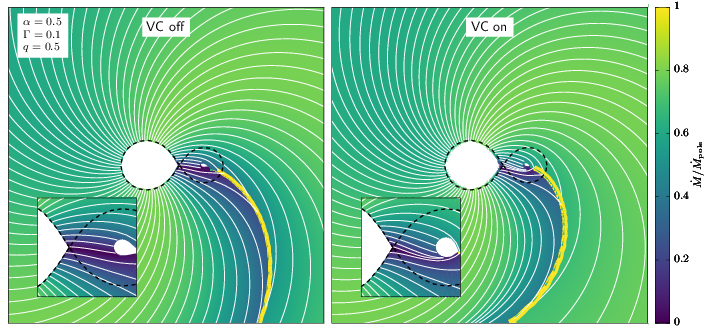

My main research interest is on binary stars, especially for high mass stars which explode as core-collapse supernova at the end of their lives. I work intensively on "ejecta-companion interaction", which is the effect of supernova ejecta colliding with a companion star. I have also studied the evolution of binary systems which can reproduce the observed features of some specific supernovae such as iPTF13bvn, Cassiopeia A, SN2006jc and SN2019yvr.


I am also investigating what happens when a new-born neutron star gets kicked into a companion star. In particular, I focus on the situations where the neutron star can penetrate the companion's envelope, where it can create interesting objects such as hypervelocity stars, pulsar planets and bumpy superluminous supernova light curves.
New-born neutron stars can sometimes be further slowly accelerated through so-called rocket mechanisms. When this happens, we found that it can create binaries with orbits that are impossible to achieve with just traditional kicks.
Stars in binary systems can sometimes lead to catastrophic stellar mergers. I work on modelling the outcome of stellar mergers, specifically for the case of the extraordinary star "Eta Carinae", which was most likely created through a stellar merger in a triple system.
High-mass X-ray binaries are binary systems where a compact object such as a neutron star or black hole accretes part of the stellar wind emitted from a close-by donor star. I work on modelling the effect of tidal forces in binaries on the acceleration of winds and how it can influence the accretion. I also work on trying to understand the formation pathways towards various kinds of X-ray binaries.

Numerical computation is almost inevitable when studying quantitative behaviours of astrophysical phenomena. But we usually have limited computer power, which prevents us from carrying out simulations of the desired resolution. I have investigated how we can improve the computational efficiency of self-gravitational hydrodynamical simulations so that we can speed up simulations. We also developed a novel multidimensional nonlinear root-finding algorithm (W4 method) that outperforms the Newton-Raphson method in terms of convergence from initial guesses far from the solution.